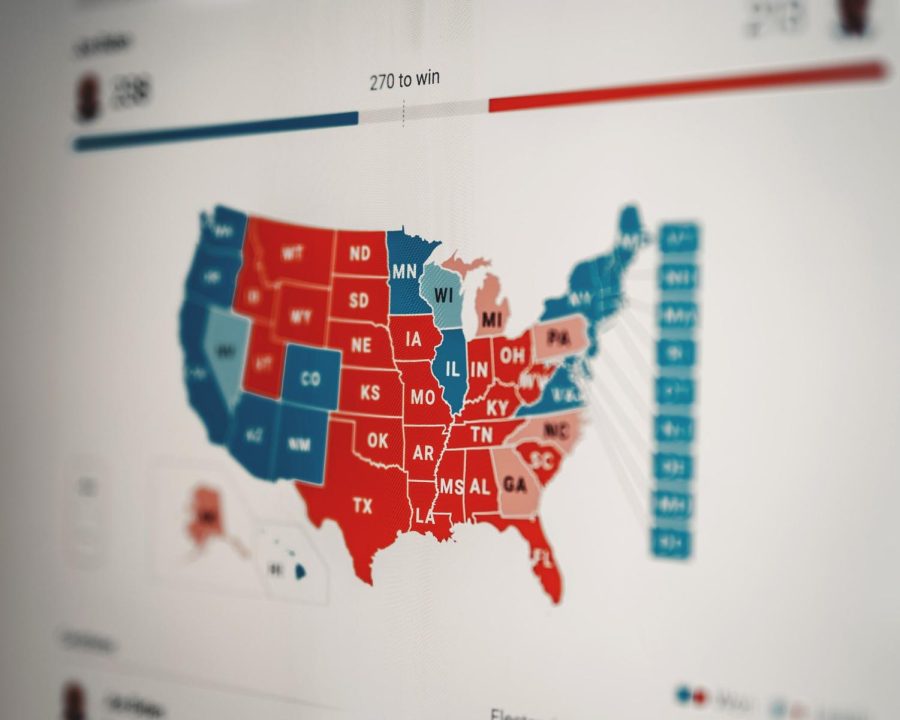Congressional Redistricting for the 2020s: How Tennessee Voters Feel
Redistricting deadlines are quickly approaching in many states, but are voters satisfied with how Congressional lines are being drawn?
January 9, 2022
The start of 2022 marks a checkpoint in the political cycle, with deadlines approaching for states to redraw their congressional districts following the updated population figures of the 2020 census released this past year.
Traditionally, state legislatures redraw congressional maps, meaning dominant parties will draw lines to their benefit. Thus, voters often view the redistricting process as rigged in favor of their state’s majority party. In August 2021, only 16% of Americans believed that district lines would be redrawn fairly in 2022, while 44% said they would be drawn unfairly.
Thus, voters in various states have pushed for new redistricting methods. A popular alternative is “independent commissions.” What this looks like in practice is an appointed group of state residents representing the major parties and third parties. The commissions are not affiliated with the government, so they redraw the maps independently of politicians.
From 2010 to 2020, the number of states using independent commissions rose from 4 to 8, as voters from Michigan and Colorado, among other states, pushed for this in 2018. Nevertheless, most state legislatures continue to control this process.
VANDERBILT UNIVERSITY POLLS TENNESSEE VOTERS
Tennessee is one state where the legislature controls the map, and voters are not necessarily enthused about it. Recently, Vanderbilt University―alongside the Center for the Study of Democratic Institutions―polled 1,002 Tennessee voters on the issue of redistricting. 29% of respondents supported letting the legislature retain control, while 24% opposed this and 38% were unsure, showing a high level of ambivalence.
The responses were split among partisan lines. 40% of Republicans supported the current system and 12% opposed; 18% of Democrats supported and 44% opposed. Since Tennessee is Republican-controlled, Democratic voters may feel that the majority party disenfranchises them via gerrymandering. This sentiment is reflected in broader polling, as 67% of voters nationally call partisan gerrymandering a “major problem” while 26% call it a “minor problem”. This view is shared across party lines.
Nevertheless, Vanderbilt’s polling found that 39% of Republicans and 30% of Democrats “neither supported nor opposed” legislatures redrawing lines. Election reform is simply not prioritized by voters as much as issues like inflation, unemployment, and COVID-19. Voters may not be paying attention to redistricting enough to develop strong opinions, which could be the result of the media focusing more on issues like the economy and the pandemic.
When respondents were asked about independent commissions, the results were more decisive. 55% supported (10% opposed) independent commissions deciding maps; 45% of Republicans supported it (11% opposed), as did 72% of Democrats (6% opposed). Again, Democrats more so favored reform, likely due to being in the minority. However, both parties widely supported independent commissions. While Tennessee has not pushed for reform, it is possible that the wave of reform across the country has left an impression on Tennessee residents.
PUBLIC PARTICIPATION IN REDISTRICTING
Vanderbilt also asked respondents for their thoughts on “public hearings” on redistricting. About 60% of Democrats, Republicans, and Independents all supported this while about 10% of respondents opposed. Like independent commissions, public hearings decentralize power from dominant parties; possibly for this reason, the idea has wide appeal.
Public hearings are arising in several states: the New York State Independent Redistricting Commission, for example, hosted 12 hearings last year to invite voters to discuss proposed maps. In the current cycle, 36 states are soliciting residents to attend hearings and share thoughts on redistricting. 34 states are publishing draft maps to which citizens can respond.
Tennessee is one of 4 states that does neither. If residents want to participate, they must submit their own maps, contact legislators, or attend hearings. The burden is on the individual to participate. It’s harder for someone to create a map from scratch―which entails drawing each district―than to comment on existing maps. Tennessee’s approach may limit participation, evidenced by the fact that only 6 citizens submitted maps for the current redistricting cycle.
Compared to Tennessee, other states seem to offer more accessible options. However, it’s yet to be seen how many people will participate nationally. Consider that people may not be willing to examine publicly available maps, as this still requires time and dedication to examine election maps. Ultimately, the concept of public hearings is still new. It is yet to be seen how much traction it will gain, both in Tennessee and across the country.
Election reform is gaining momentum across the country, even among majority voters such as Republicans in Tennessee. The public seems to desire election procedures that don’t concentrate power in the hands of party leaders.
WHY DOES ELECTORAL REFORM MATTER?
Congressional remapping has significant implications for future elections. Congresspeople can coordinate with like-party state legislators to create maps that help their party. Thus, over 90% of races in states where the legislature draws lines will see the majority party candidate win decisively (a.k.a. by a 10% margin). By comparison, court-decided maps will have 80% of races won decisively―still high, but courts significantly increase the number of competitive races.
Furthermore, from 2016 to 2020, states with independently created maps were three to five times more likely to have swing seats than states with legislature-drawn maps. Congressional races are more likely to be competitive when they’re drawn independently. Voters likely view competitive races as being more “fair” than races where the majority party is destined to win decisively, as minority and third party voters may view their candidates as being viable in a competitive race. These patterns show why voters distrust states to draw maps fairly
A final point is the feedback loop created by legislature-drawn maps. When political parties redraw maps to secure their own victories, they send party members to Congress and to legislatures who will continue to draw congressional maps that help them retain control. Thus, it can be difficult to break this cycle and enact electoral reform; this may compel voters to push for election reform, as we recently saw in states like Colorado and Michigan in 2018.
Ultimately, the new electoral maps that will arise this year will shape elections for the next decade. Given recent trends in election reform, it is possible that more voters will push for independent commissions or public hearings. However, that may require more media attention and activism. It is yet to be seen how legislators, political campaigns, and voters will address this issue, and we should watch closely as more states draw their new congressional maps.
Photo by Clay Banks on Unsplash


